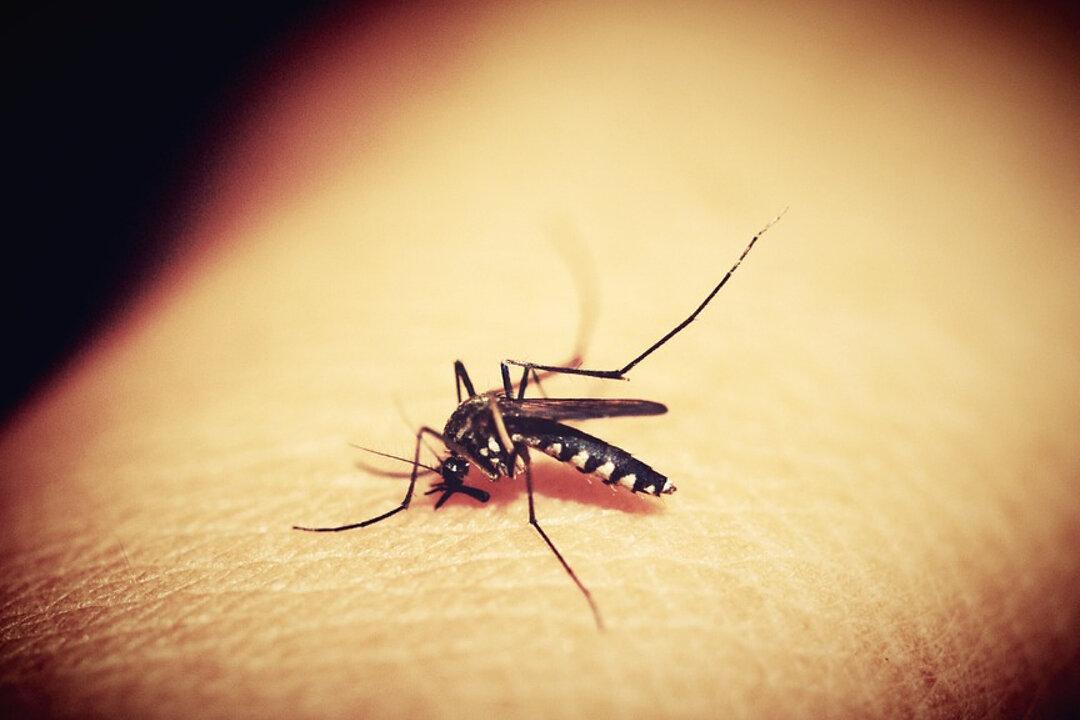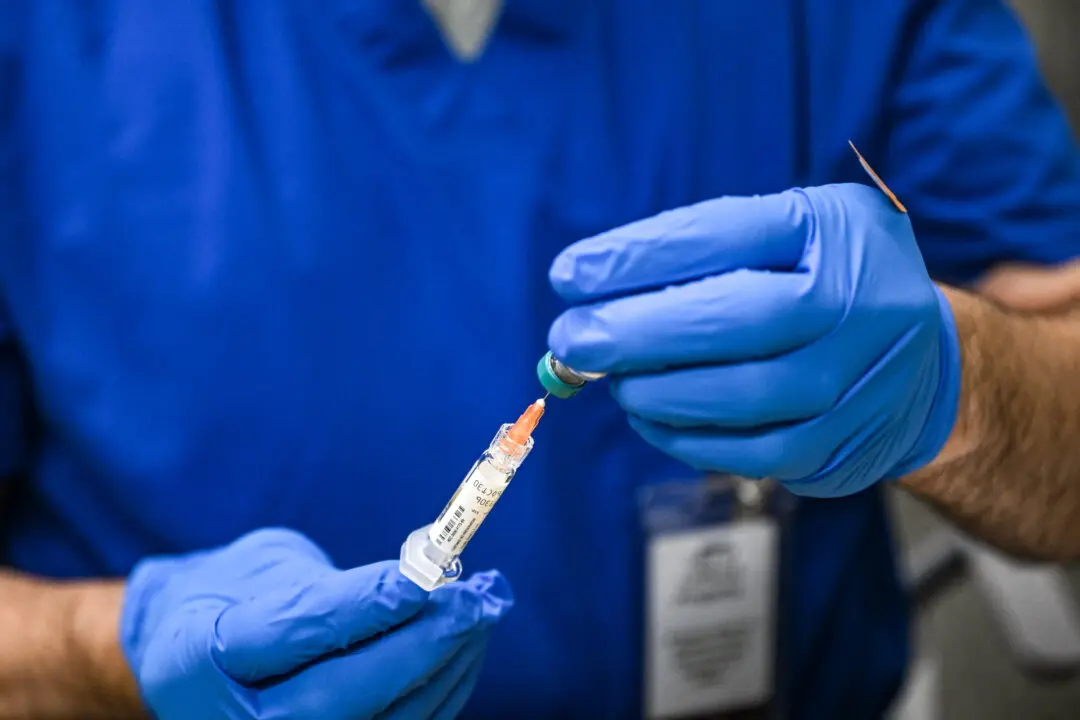A 5-year-old was diagnosed with a virus that killed a woman last month.
The Massachusetts Department of Public Health said that laboratory testing confirmed two new cases of Eastern Equine Encephalitis (EEE), a woman in her 60s and a girl under the age of 18, bringing the total number of cases in the state to seven in humans, already higher than the number of cases reported nationwide last year. Nine other cases have been confirmed in animals in Massachusetts.





